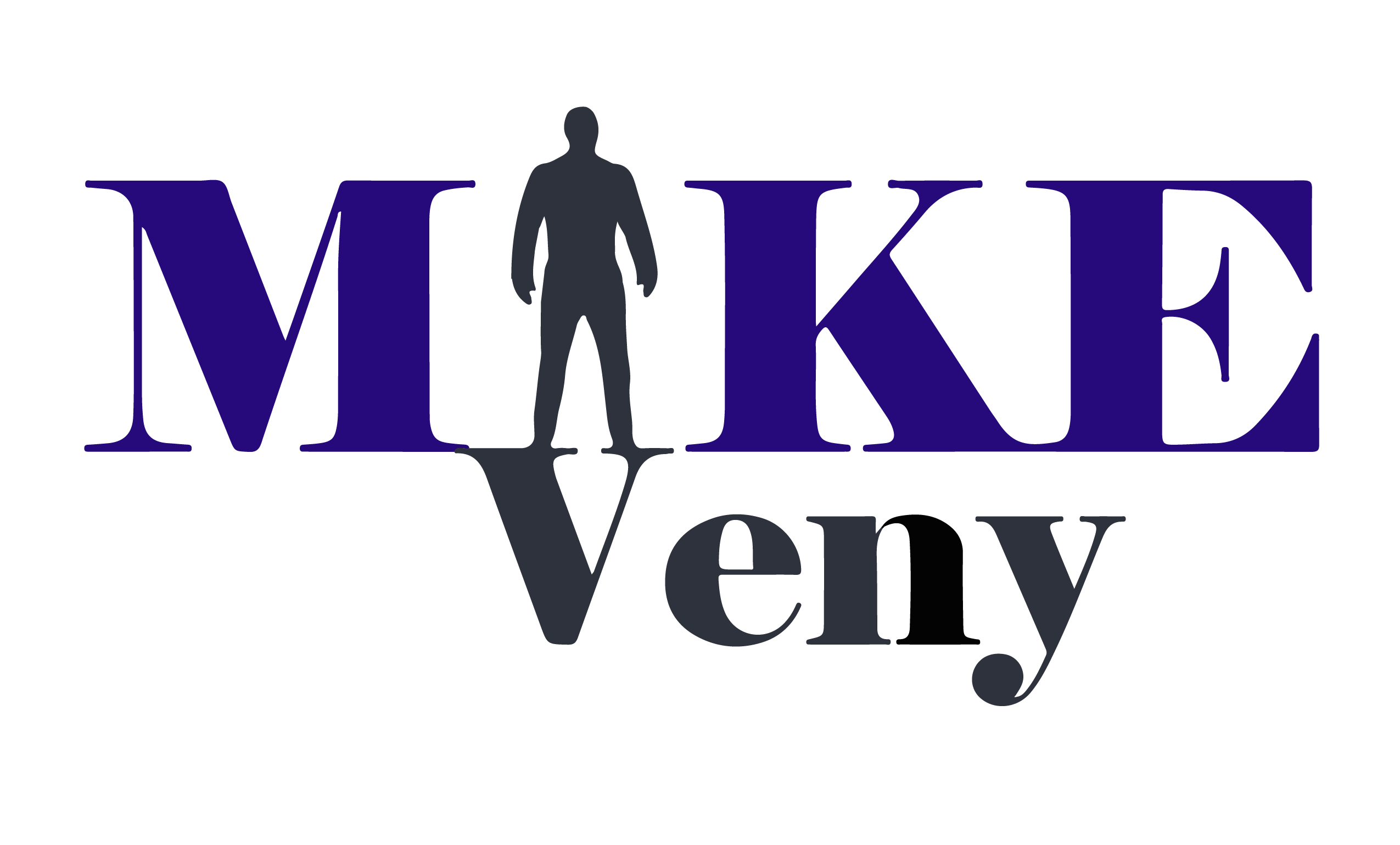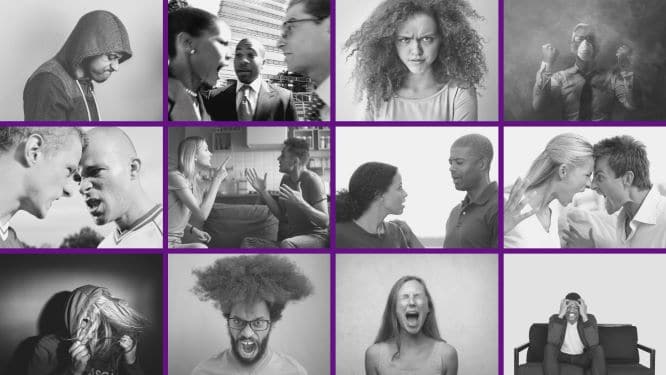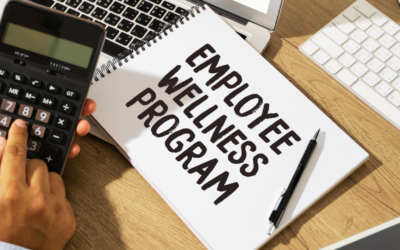Mike Veny is a mental health motivational speaker for middle school and high school students.
Learn more about his programs here.
Imagine this—a young boy is struggling in school. He has a hard time dealing with anger. He feels like somewhat of an outcast among his peers. Bounced from one school to the next as he’s continually expelled. He’s even been admitted to a mental hospital several times, although he’s able to talk his way out. He attempts to die by suicide when he is 10 years old. Do you think his story could have been different if mental health in schools was a priority?
What if his teachers had been trained in how to recognize the depression behind the anger? What if he and his peers were taught to spot the signs of mental health challenges? Or what if the school administrators had worked with his parents to find a solution? Would it have been different?
The good news is that this boy was unsuccessful in taking his own life. He eventually found drumming and started learning how to take control of his mental health challenges. Years later he became a mental health speaker and wrote this article. That’s right—that was my story. The bad news is that the story doesn’t end like this for many kids.

This is why I’m passionate about improving mental health in schools. I know from first-hand experience that the need is there and what an impact we could make in the lives of the students.
The mental health in our schools is declining
The U.S. Department of Health and Human Services has found that out of every five children, one will experience a mental health challenge at some point during the school year. With the average classroom size in America around 23, that means it averages out to at least four students in each class. These challenges include things like depression, anxiety, learning disabilities, bullying, and family problems.
mental health in schools
Many people think that the students we need to worry about are the outcasts, the loners, or the kids that “march to the beat of their own drum”. They think if we could just focus on these students, everything could improve. But that’s not entirely true. We need to worry about ALL the students.
Anxiety, depression, and suicide don’t play favorites. Mental health challenges don’t care if someone is the star of the basketball team, the valedictorian, or the most popular kid in school. It doesn’t matter if the child comes from a low-income, single-parent household or a two-parent household in the nicest neighborhood in town.
Take, for instance, the Silicone Valley Suicides. If you are unfamiliar with what this is, it’s a town that experienced two suicide clusters within a decade, something that’s incredibly rare. On average there are five suicide clusters that happen throughout the country each year. The school where this took place is known as one of the top STEM schools in the country. The students who took their lives weren’t who you would typically suspect.
Causes of mental health challenges in students
There are many reasons why students are experiencing higher levels of anxiety and depression. Causes fall into three categories: biological, family, and environmental. Here are just a few examples:
- Diagnosed or undiagnosed mental health disorder
- Rough family situations
- The stress of trying to excel in school, sports, and overscheduling
- Rejection or fear of rejection
- Lack of sleep
Students these days are faced with more pressure in school than at any other time in history. Just think about what you were required to learn when you were in school compared to what they expect kids to know now. And it doesn’t end in school.
Social media keeps kids constantly connected. That means even when they go home they can’t escape things like bullying, the pressure to look perfect, and the stress of trying to keep it all together. And when they see the local news headlines, it only adds to the stress. They see things about mass shootings, human trafficking, political and racial divides, and more.
Why mental health should be taught in schools
According to the American Psychiatric Association, “Most mental illness starts early in life, about 90 percent of people who develop a mental disorder show warning signs during their teen years.” That makes their school years the best time to educate people on mental health challenges, learn how to recognize them and learn how to get help.
School is second only to home for where children spend the most amount of time. If you consider a regular school day, a child spends the morning getting ready to go, on average around seven hours at school, and then, depending on their age, maybe around five to eight hours awake once they get home. And this time is often filled with extracurricular activities, eating dinner, and doing homework. That doesn’t leave much time to get into a lot of other education or activities.
Now, I’m not making excuses for parents to not take an active role in their child’s mental health, but this is why it’s important that schools and parents collaborate on the efforts.
The role mental health plays in school shootings
Let’s address the elephant in the room—school shootings. This is a controversial topic when it comes to mental health. With every school or mass shooting that makes the news, the topic of mental health is quick to follow. As someone who struggles with mental health challenges, I have mixed opinions about this.
Now, I’m not going to dive into whether mental health challenges are behind all mass shootings and school shootings other than to say, I think it would be a stretch to act like this is the only reason for them. But I also think it would be naive to believe they couldn’t be partly behind some of the shootings. However, there’s no denying that these shootings have had an impact on mental health in schools. And that’s what I want to focus on.
The other side of mental health and school shootings
In October 2018, the APA released the results of a survey they conducted called Stressed in America™ Generation Z. It discussed the mental health of Gen Z, which includes 15 to 21-year-olds. The results are not what you would hope for. The APA found that Gen Z is the generation most likely to say that they have poor mental health. They are stressed about what’s going on in the world around them, including within their own schools.
The survey results state, “75 percent of those in this age group report mass shootings as a significant source of stress, and nearly as many (72 percent) say the same about school shootings or the possibility of them occurring.” Our students are worried. Whether mental health is behind the shootings or not, the shootings that have occurred are causing our kids to have higher levels of anxiety. That’s cause for alarm.
The study also shows that increased security is not the answer. They found that doing this actually increases anxiety for some students. The solution is to teach students about mental health.
Moving from reactive to proactive
mental health in cshool
Mental health enters the conversation after students have been exposed to a tragedy. It could be the suicide of a classmate, a house fire that claimed several siblings, or a school shooting that ripped the school to its core. These are the times when schools spring into action. They bring in counselors, therapy dogs, and mental health speakers, and encourage the students to talk, ask questions, and process through their emotions.
These are important steps for schools to take once students have been exposed to a traumatic situation. But what if we were to start being proactive instead of reactive? What if schools began putting as much effort into teaching mental health all the time as they do on crisis management? What changes could schools experience? And what if schools were able to put an end to the mental health stigma within their walls and communities?
Would there be less bullying? Most likely. Would students perform better in class? I believe so. Would there be fewer suicides? A reduction in the number of dropouts? Fewer school shootings? Fewer students living with stress, anxiety, and depression? There are many studies that say yes, these are the results we would experience.
How to improve mental health in schools
So if this is all true, how do we start to make the changes we need in the schools? I think the first step is for groups to stop blaming each other. Parents want to put the responsibility on the schools, and schools think it’s the parents who need to be doing more. To be honest, in most situations, they’re both right.
It’s a parent’s job to be responsible for their child. This should involve getting them the help that they need. However, during the school year, students spend a good portion of their waking day at school. This is why we need parents, teachers, and administrators to coordinate together to teach mental health to children.
Why isn’t it happening?
From my experience, there are three main reasons why mental health isn’t being addressed in most public schools the way it should be:
- Budget – Schools are lacking the budgets they need. It’s hard to purchase resources or bring in mental health speakers with no budget to work with.
- Exhaustion – Teachers are tired. They are already working long hours investing in their students. Squeezing one more responsibility into the workday is exhausting. Honestly, teacher mental health needs to be addressed as well. There isn’t one teacher I know who doesn’t spend their own money and lots of extra hours outside of the school day on their students.
- Lack of knowledge – Even if schools want to improve their mental health programs, many are unsure of how to get started.
How to make improvements for mental health in schools
When you look at the statistics, it’s obvious that we need to make improvements. Here are a few ideas on how we can start to make the changes we need in the schools:
how to fix mental health in schools
- Educate administrators and teachers – The first step is providing our teachers with mental health training. They should know how to recognize the signs that a student is struggling and how to handle it.
- Educate parents – Once the schools have been trained, they need to provide parents with the same type of information.
- Educate students – There are many ways that you can handle this step. Bring in a mental health speaker. Hold counseling sessions. Teach students what signs to look for in themselves and others. Talk to them about what to do if they are struggling or if a friend is.
- Work on inclusion – We need to teach students (along with administrators, teachers, parents, and the community) to see past the differences in things like race, religion, sexual orientation, and interests. Hand-in-hand with this is to work on eliminating bullying.
Most importantly, we need to work on transforming the stigma that surrounds mental health, including treatment for drug addiction and entering into programs at Serenity, where students will receive individualized care for their unique problems. This plays a large role in why students don’t reach out for help. They don’t want others to think of them as “weak”, “crazy”, or any of the other 250 labels that are given to people with mental health challenges. We will never be able to make the progress we need to with mental health in schools until we end the stigma.
Free resources to address mental health in schools
I understand that schools don’t have unlimited budgets. Many public schools are already struggling without trying to add a new program. However, there are plenty of free resources that you can utilize to start addressing mental health in your school.
Back-to-School Toolkit
Mental Health America put together a complete toolkit designed to help cover all fronts: teachers, parents, and students. You can request the 2018 toolkit here or download the 2017 version here. Some of the phrasing shows that the kit is designed to be used at the beginning of the school year. However, you could simply use those pieces as a sample to create your own toolkit to get started at any time during the year. There are still plenty of pieces included that you can use without needing to modify.
Some of the things included in the kit are tips for parents, tips for teachers, and a message to students, along with information on helpful vs. hurtful behavior. Whether you decide to use everything in the kit or just bits and pieces, I believe this is a tool that every school can benefit from.
NAMI Ending the Silence
The National Alliance on Mental Illness has put together a free presentation you can bring to your school. There are two hour-long presentations, one for parents and the other for school staff. Then there is a 50-minute presentation for students. The presentation is given by both a lead presenter and a student who shares their own experience with mental health challenges. You can find out more information about the presentations and see about bringing it to your school on their website here.
Classroom Mental Health
The website Classroom Mental Health was developed by the University of Michigan Depression Center specifically for teachers. It has a ton of information that can help teachers and school administrators start addressing mental health within the classroom. There are ideas on how to set up a classroom, exercises you can do with your students, and tips on addressing parents, among lots of other practical tips.
SHAPE
SHAPE stands for School Health Assessment and Performance Evaluation System and is a program that was developed by 3C Institute and funded by the U.S. Department of Health and Human Services. This is a free program that schools can join. When they do they are counted in the National School Mental Health Census.
Some of the benefits of this program include increased opportunities to receive grant funding on a local, state, and federal level, free resources to advance mental health initiatives within the school, and access to a web-based portal that makes collaboration between teams easier.
Transforming Stigma: How to Become a Mental Wellness Superhero
The book Transforming Stigma isn’t free, but it is low-cost. This is a book I wrote that shares my story of mental health challenges along with details on my path to gaining control. I included all the tips that I have learned over the years on how to transform the stigma surrounding mental health. This book is a great resource for anyone with mental health challenges or anyone who wants to help transform the stigma.
One final note
I have put together a list of mental health resources that you can use. I also deliver mental health presentations to administrators, faculty, staff, parents, and students in schools. If you are interested in bringing a presentation to your school, you can contact Paul Kreiter at (617) 614-1642 for more information.
I urge you to take action today to address the problems that we have with mental health in our schools. Look into one of the resources above, reach out to a local resource, and get mental health into the conversation. This is the key to making progress—one small step at a time.



